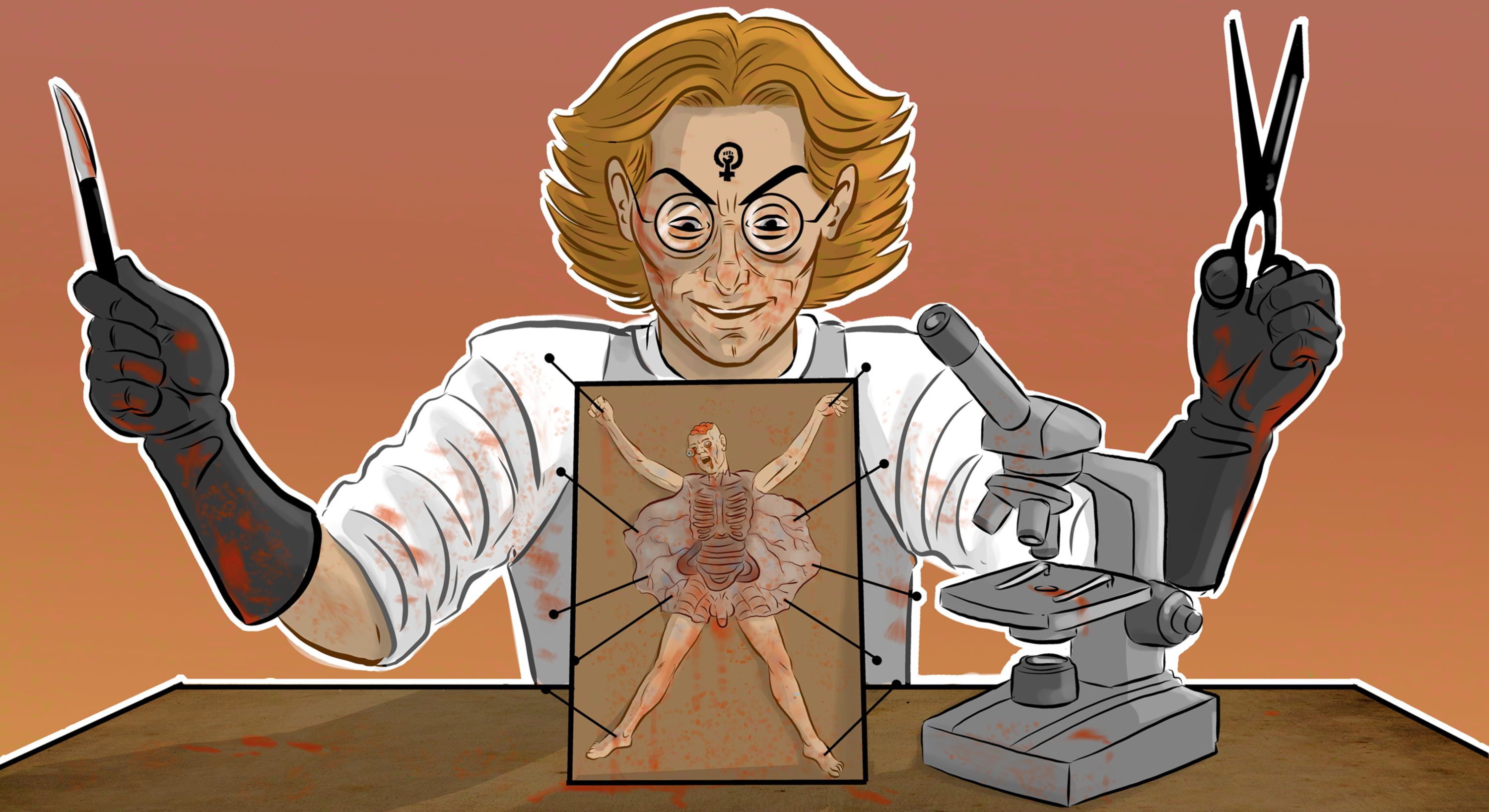Yeah, I been working with and reaching out to only African-American/Black historians and scholars whose area of study is Slavery and AA history -- and they all have said it's' a myth. I'm the one whose still looking for evidence.
If you look and know the definition of "Buck" - it's basically a Black male/enslaved man who could NOT be broken -- he was the one who fought back -- and because of that was killed on the spot. This enslaved Black man labeled a "buck" is the epitome is Black self-respect and strength.
According to popular stereotypes during the post-Reconstruction era, "Black Buck" was a black man (usually muscular or tall) who defies white will and is largely destructive to American society. He is usually hot-tempered, excessively violent, unintelligent, and sexually attracted to white women.[1] Most often, any attempt to restrain, reprimand, or re-educate the individual will fail, necessitating the individual's immediate execution (usually by lynching).
------
The brute caricature portrays black men as innately savage, animalistic, destructive, and criminal -- deserving punishment, maybe death. This brute is a fiend, a sociopath, an anti-social menace. Black brutes are depicted as hideous, terrifying predators who target helpless victims, especially white women. Charles H. Smith (1893), writing in the 1890s, claimed, "A bad negro is the most horrible creature upon the earth, the most brutal and merciless"(p. 181). Clifton R. Breckinridge (1900), a contemporary of Smith's, said of the black race, "when it produces a brute, he is the worst and most insatiate brute that exists in human form" (p. 174).
In the 1960s and 1970s "Blaxploitation" movies brought aggressive, anti-white black males onto the big screen. Some of these fit the "Buck" caricature -- for example, the private detective in Shaft (Freeman & Parks, 1971) and the pimp in Superfly (Shore & Parks, 1972) -- but some of the Blaxploitation actors were cinematic brutes, for example Melvin Van Peebles' character in Sweet Sweetback's Baadasssss Song (Gross, Van Peebles & Van Peebles, 1971). Sweetback, the main character, is falsely accused of a crime. On the lam he assaults several men, rapes a black woman, and kills corrupt police officers. The movie ends with the message: A BAADASSSSS ****** IS COMING BACK TO COLLECT SOME DUES. That frightened whites. Young blacks, tired of the Stepin Fetchit portrayals, flocked to see the low-budget movie. Although dressed in the clothes of a rebel, Sweetback was as much a brute as had been the lustful Gus in The Birth of a Nation. The Brute Caricature - Jim Crow Museum - Ferris State University
-----
A special emphasis is placed on the transition from a stereotype of the “Black Buck”, a common on-screen representation of a violent, vengeful, highly sexual black male to the “Black Hero”, created in the Blaxploitation movies and further developed in more recent movies.
The “Black Buck” type, which developed from its minstrel show precursors, was first introduced on screen in 1915 in D.W. Griffith‟s Birth of a Nation, through the character of Gus, a former slave who attempts to rape Flora Cameron, a white woman, and ultimately drives her to death. This stereotypical representation has its roots in the racist doctrine of white supremacy, according to which those of African origin were marked as brutal savages, both mentally and physically inferior (facial features of African Americans were deemed ugly and ape-like) to the white population; whereas, the very notion of miscegenation was considered abominable and unthinkable (Fredrickson 1987: 49). According to the logic of white supremacists, the alleged violent, beastly and subhuman presence of African Americans threatens the “ideal” white community, most commonly embodied in a body of a beautiful, fragile white woman. Evolving from the Gus character, the features of “the Black Buck” type usually include violence, rudeness, lechery and disrespect for any kind of (white) authority (Bogle 2016: 7-14, 198-219).
Donald Bogle, Toms, c00ns, Mulattoes, Mammies and Bucks: An Interpretive History of Blacks in American Films (Continuum International, 2001)
What slave owners did do was not allow some enslaved men pants -- therefore they were naked below the waist. That was one of the most common methods enslavers tried to emasculate Black men.
Perhaps one of slave owners’ more innovatively cruel strategies concerned the ways they sought to completely emasculate enslaved boys and men—by denying them the right to wear pants. By forcing young African American boys and men to wear dress-like shirts, the owners of flesh attempted to feminize and humiliate enslaved males on a daily basis. According to scores of interviews with the formerly enslaved, denying black boys and young men the right to wear pants was a relatively widespread practice throughout the Deep South.1
Unsurprisingly, the practice of withholding pants seemed to occur commonly on large plantations, where the concentrated number of slaves required constant surveillance and discipline. Richard Orford, enslaved as a young boy in Georgia, remembered, “The children wore a one piece garment not unlike a slightly lengthened dress. This was kept in place by a string tied around their waists.” Another Georgian described it similarly, claiming “The one little cotton shirt that was all children wore in summertime then weren’t worth talking about; they called it a shirt but it looked more like a long-tailed nightgown to me.” Ed McCree concurred. “Summertime us children wore shirts what looked like nightgowns. You just pulled one of them slips over your head and went on cause you was done dressed for the whole week, day and night.”2
Men without Pants: Masculinity and the Enslaved – AAIHS
Enslaved Black men went through
extreme hell -- and were sexually violated, castrated -- and for many -- mentally and spiritually broken.
We don't need to make up ish - or add to the atrocities and any of the emasculating experiences they went through with undocumented myths. It does nothing to honor these men -- and what they went through.











